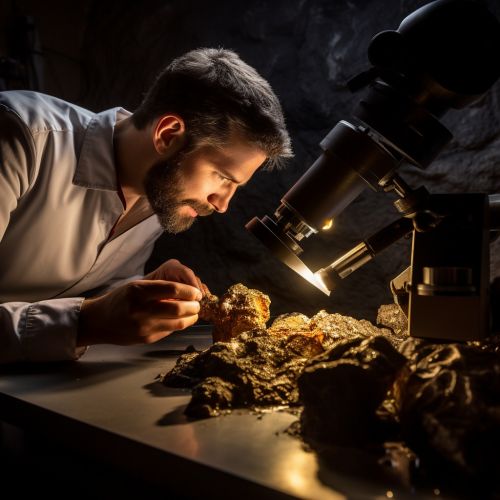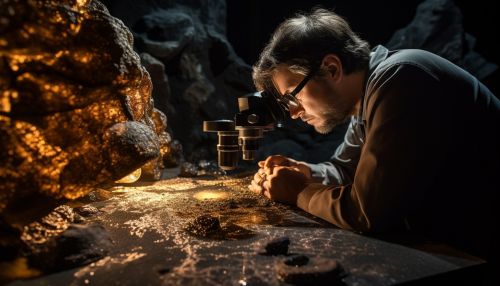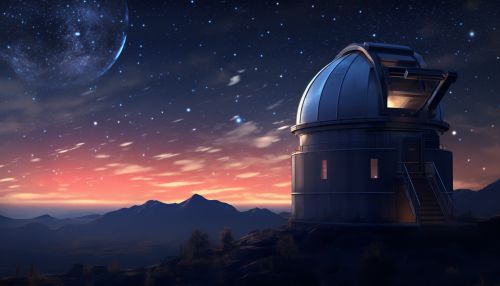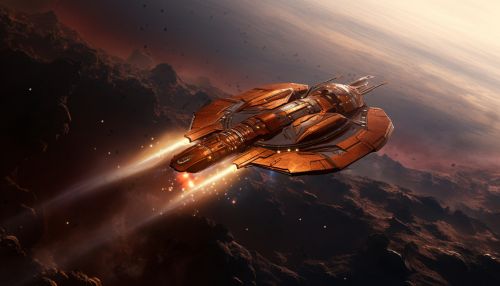Role of Astrobiology in the Search for Extraterrestrial Life
Introduction
Astrobiology, the scientific study of life in the universe, plays a pivotal role in the search for extraterrestrial life. This multidisciplinary field encompasses the study of the origin, evolution, and future of life on Earth, and the possibility of life beyond our planet. Astrobiology combines aspects of astronomy, biology, geology, physics, and chemistry to investigate the potential for life to exist elsewhere in the universe.


Origins and Evolution of Astrobiology
The origins of astrobiology can be traced back to the early 20th century, when scientists first began to consider the possibility of life beyond Earth. However, it was not until the late 20th century that astrobiology became a recognized scientific discipline. The field has evolved significantly over the past few decades, with advancements in technology and scientific understanding enabling researchers to explore new frontiers in the search for extraterrestrial life.


Astrobiology and the Search for Extraterrestrial Life
Astrobiology's primary goal is to discover life elsewhere in the universe. This involves the study of exoplanets, which are planets outside our solar system, and the conditions that might allow for the existence of life. Astrobiologists also study extremophiles, organisms that can survive in extreme conditions on Earth, to understand the potential for life to exist in harsh environments on other planets.


Techniques and Methods in Astrobiology
Astrobiologists employ a variety of techniques and methods in their search for extraterrestrial life. These include the use of telescopes to observe distant planets and stars, the study of meteorites for signs of past life, and the use of spacecraft to explore other planets in our solar system. Astrobiologists also use computer models to simulate the conditions that might exist on other planets, and laboratory experiments to investigate the potential for life to survive in these conditions.


Challenges and Future Directions in Astrobiology
Despite significant advancements in the field, the search for extraterrestrial life remains a challenging endeavor. One of the main challenges is the vastness of the universe, which makes it difficult to explore and study in detail. However, ongoing advancements in technology and scientific understanding continue to open up new possibilities for the search for life beyond Earth. The future of astrobiology is likely to involve the continued exploration of our solar system and beyond, with the hope of one day discovering evidence of extraterrestrial life.


